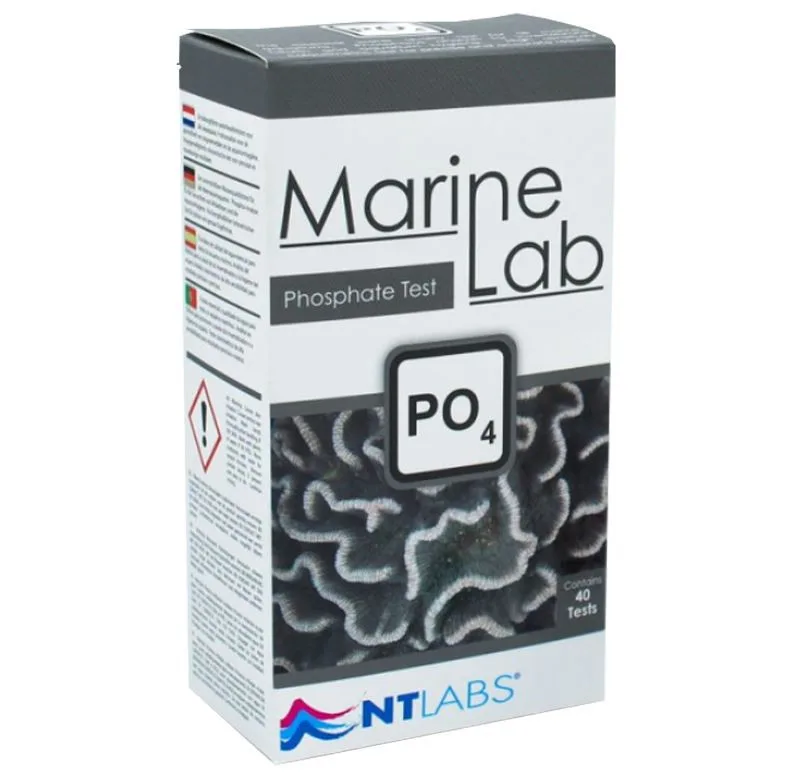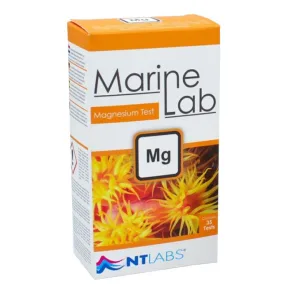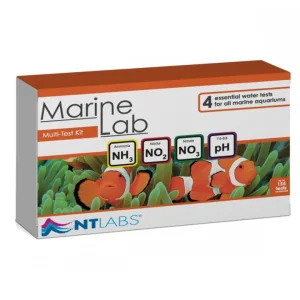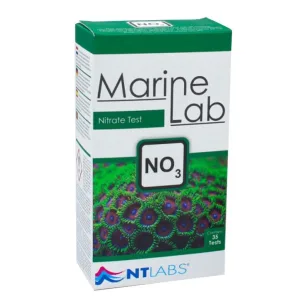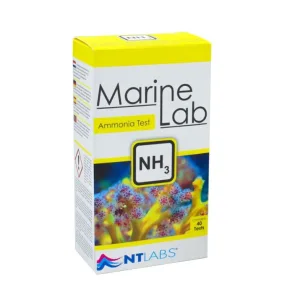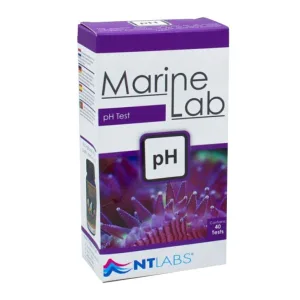What is phosphate?
Phosphate is an essential component in fish nutrition, but is also produced as a waste product by fish. Phosphate is practically non-toxic to fish, but excess phosphate can cause unwanted algae and will inhibit coral growth.
Why test for phosphate?
Maintaining a low level of phosphate is essential for reducing unwanted algae and maintaining coral growth rates. Phosphate tends to accumulate as an aquarium ages, so regular monitoring of phosphate is required to determine the health of the aquarium.
What is the correct level of phosphate?
Phosphate in natural seawater generally varies from 0.01 mg/l to 0.06 mg/l (in terms of phosphorus) in reef areas. However, in a reef aquarium, aim for 0.03 mg/l to maintain good coral growth and keep nuisance algae at to a minimum.
What to do if the phosphate level is wrong?
Regular maintenance and use of partial water changes with a good quality reef salt should help to keep phosphate low. To remove additional phosphate, use of Phosphate Remover in your filter or add Anti-Phos liquid regularly to instantly remove phosphate.
How to test for phosphate?
• Using the syringe provided, add approximately 5 ml of water to the glass test tube. Cap the test tube and shake briefly to wash the test tube. Uncap the test tube and discard this water.
• Add 10 mL (2 x 5 ml using the syringe) to the test tube. 3. Add 10 drops of Phosphate-1 Reagent.
• Add 10 drops of Phosphate-2 Reagent.
• Cap the test tube and shake well to mix.
• Wait for 5 minutes for the colour to develop.
• Once the 5 minutes has elapsed, uncap the test tube. View from the top and compare to the colour chart to determine the amount of phosphate present in the water.
FAQs:
Q: Why do I run out of 1 reagent before the other(s)? A: We fill our test kit reagent bottles to a minimum amount before they are put through a vigorous QC regime. This means that the vast majority of bottles will in fact be overfilled by varying amounts meaning that the reagents may well run out at different rates but you should be able to carry out at least the number of tests stated on the packaging.
To find out more about water quality and parameters in saltwater aquariums, click here.

